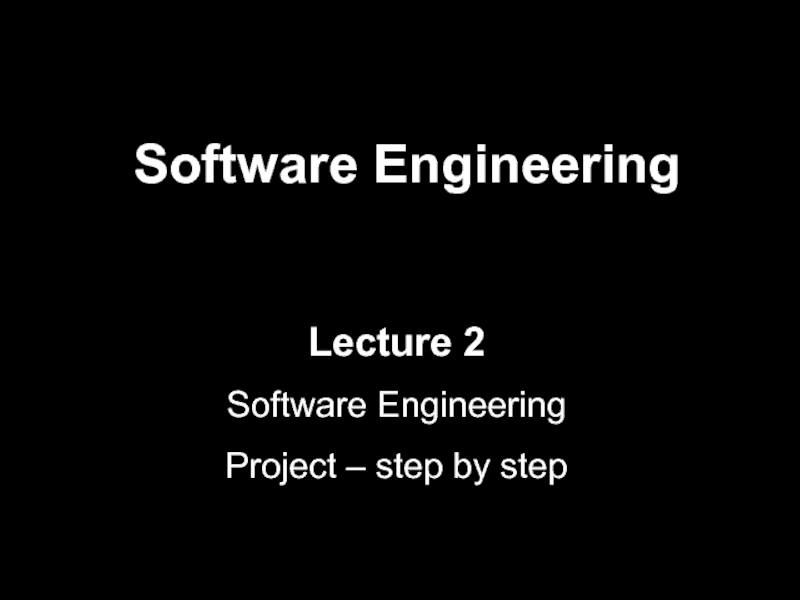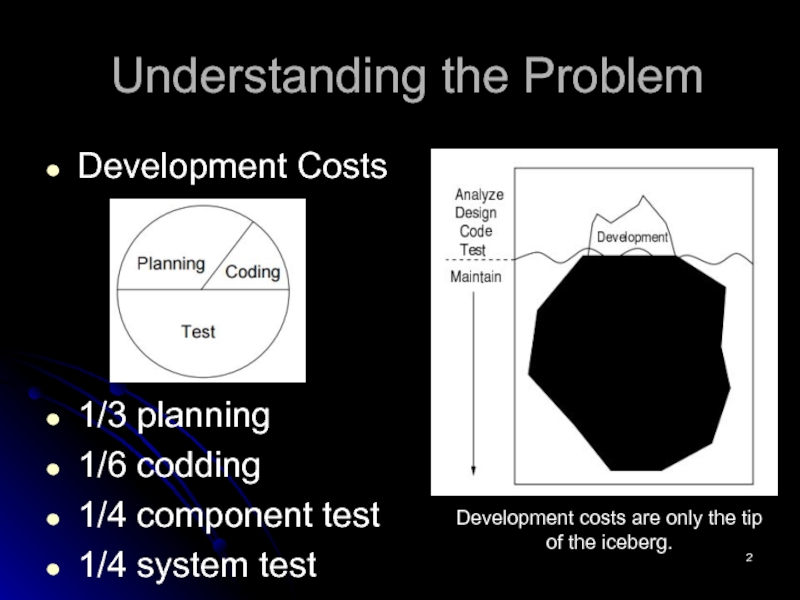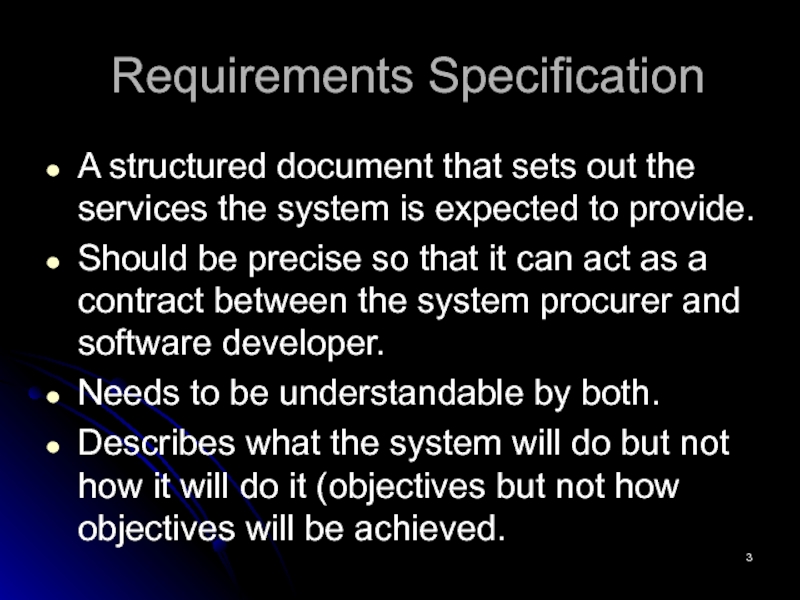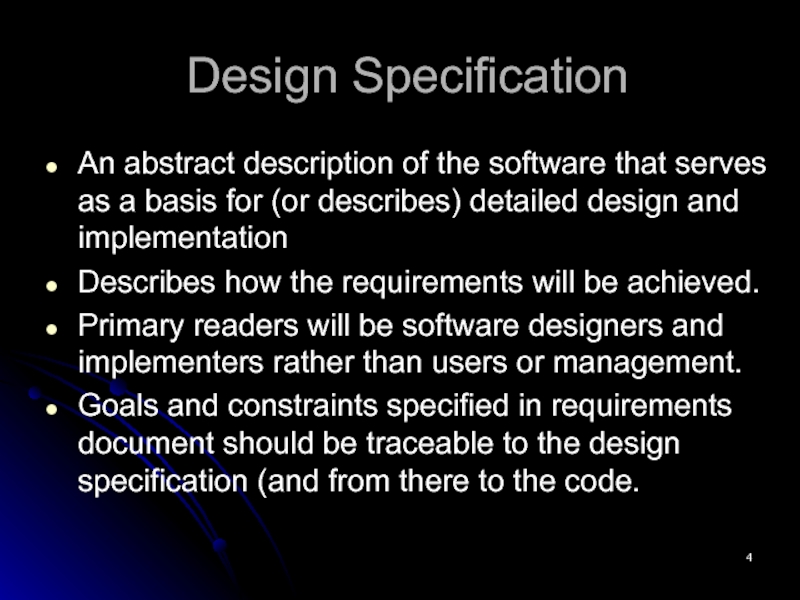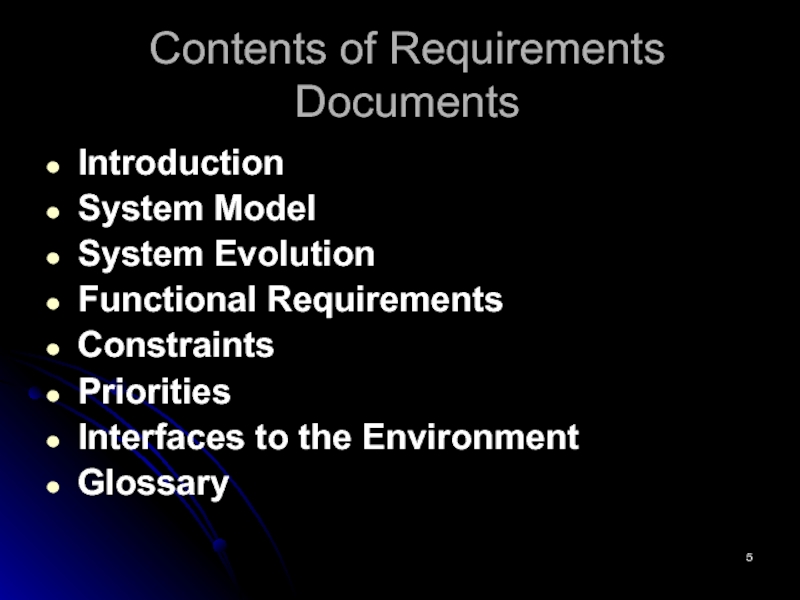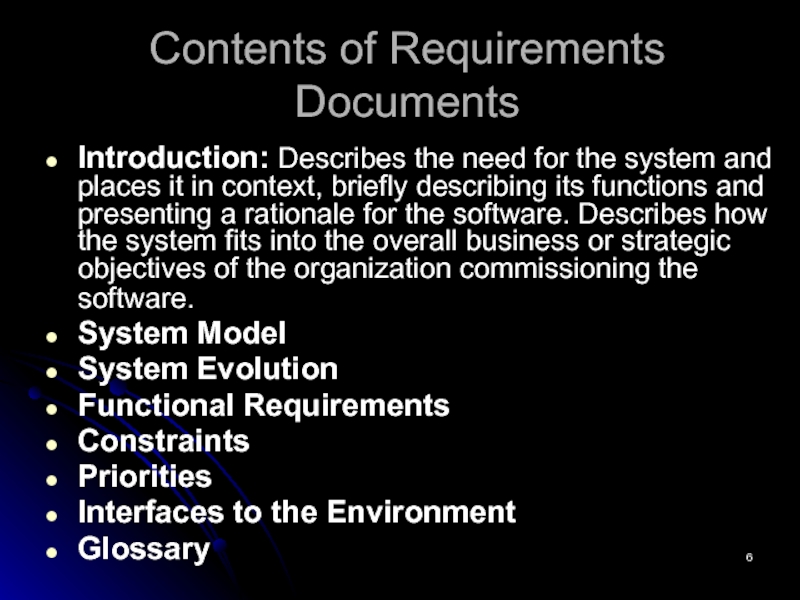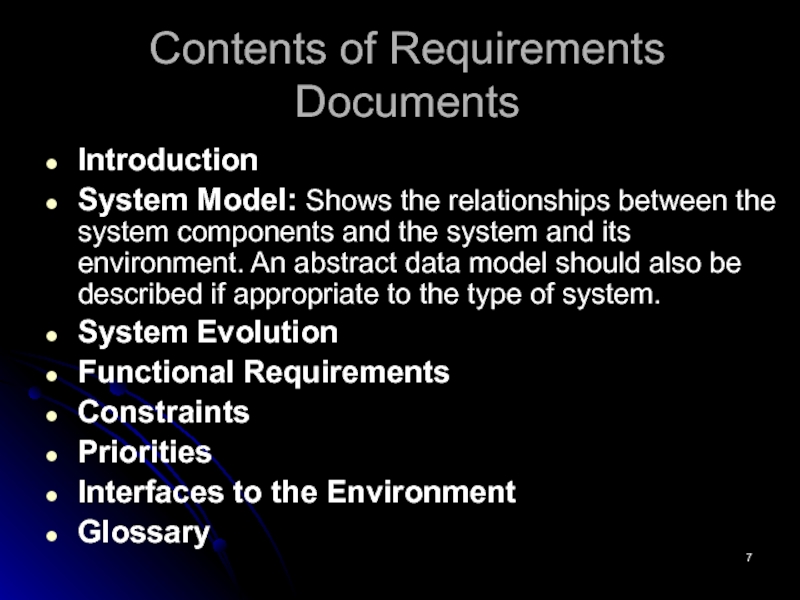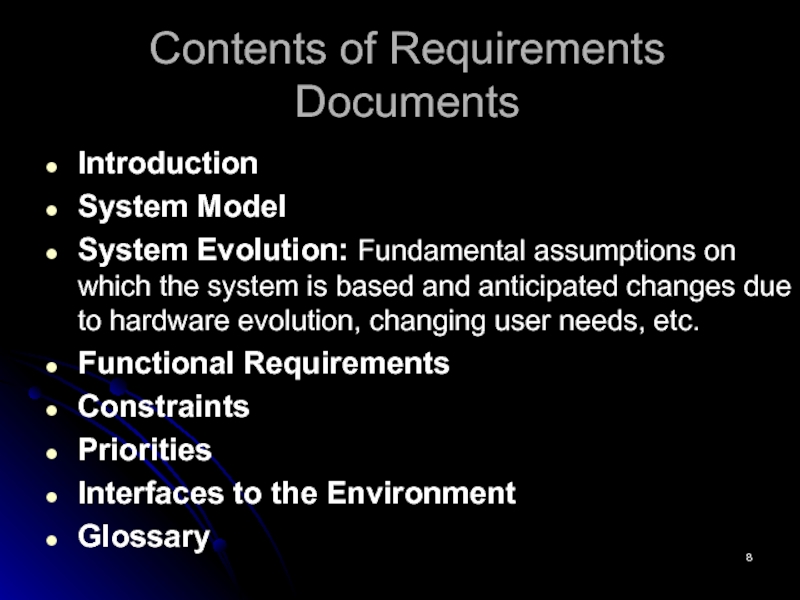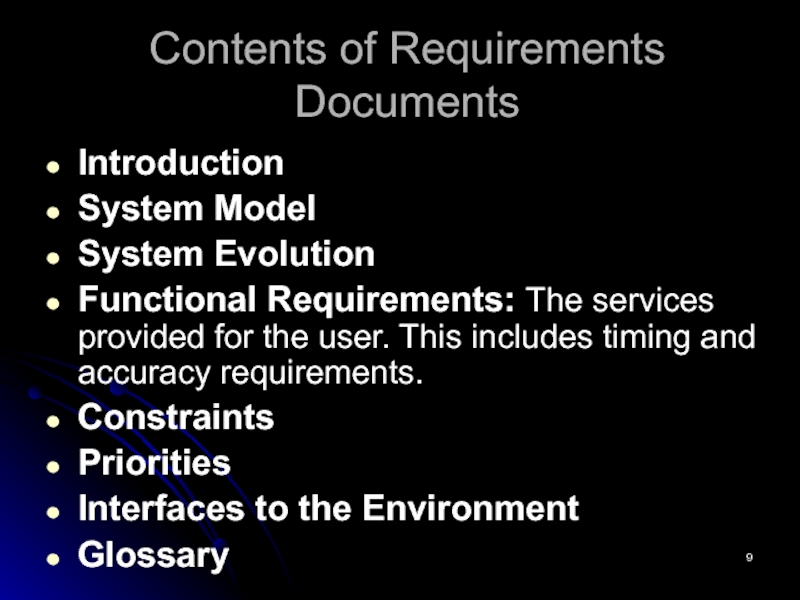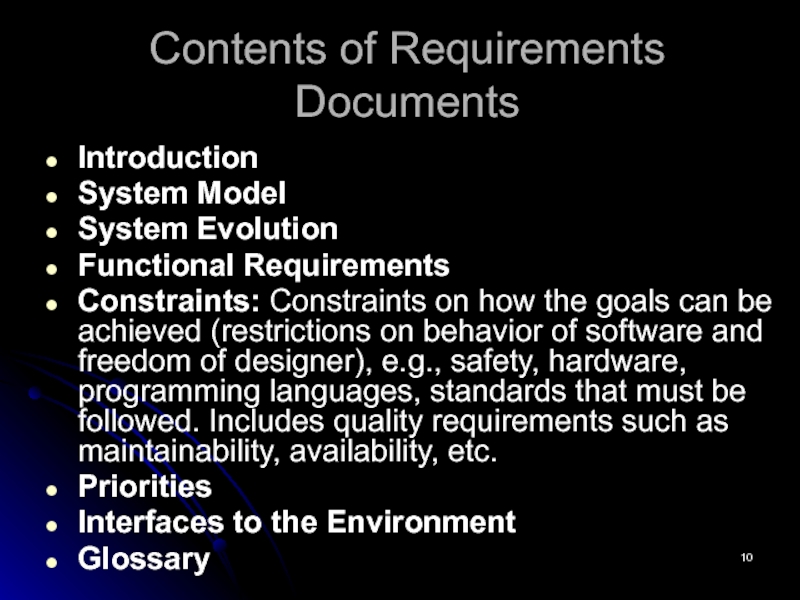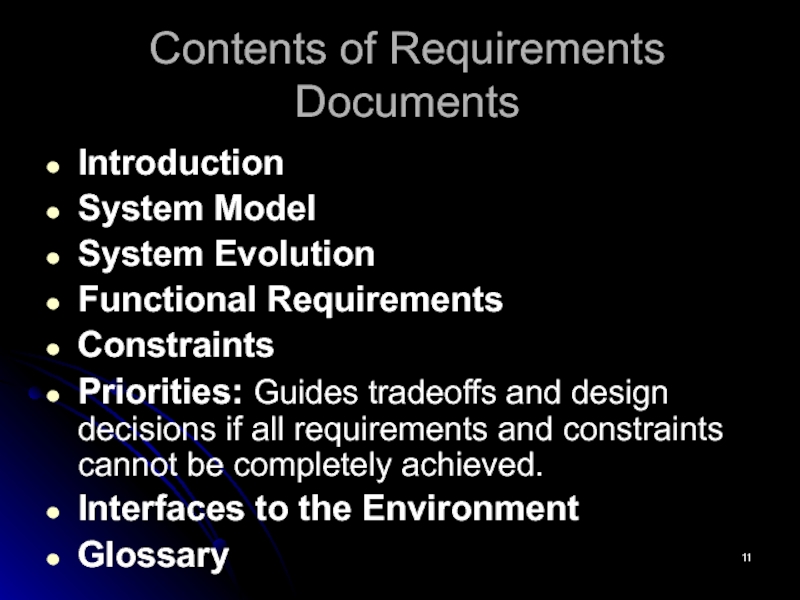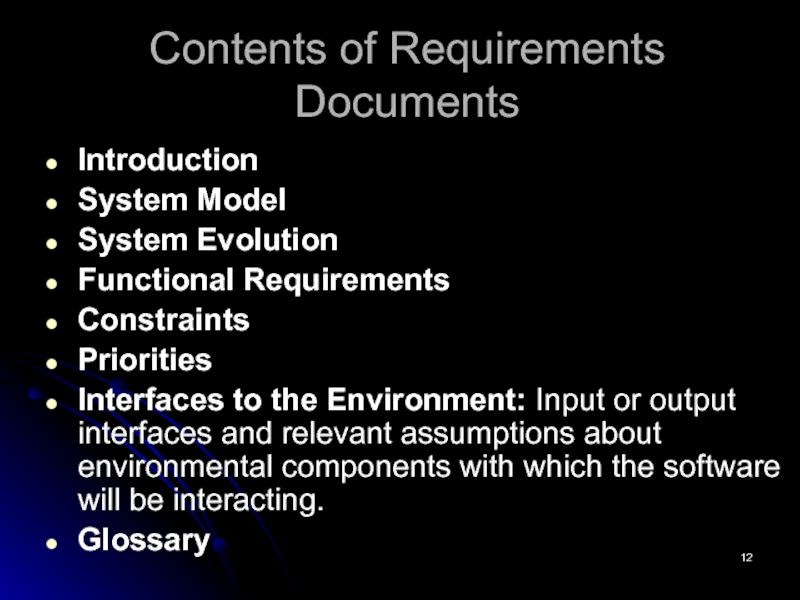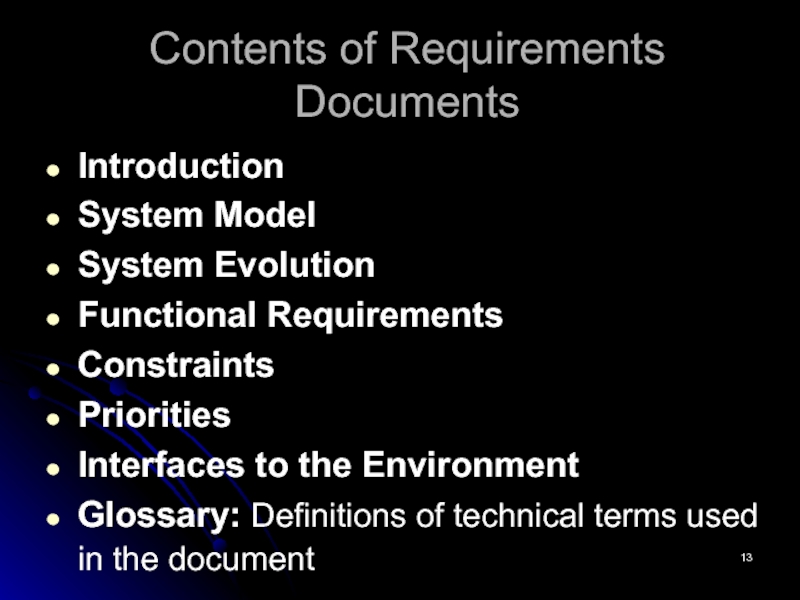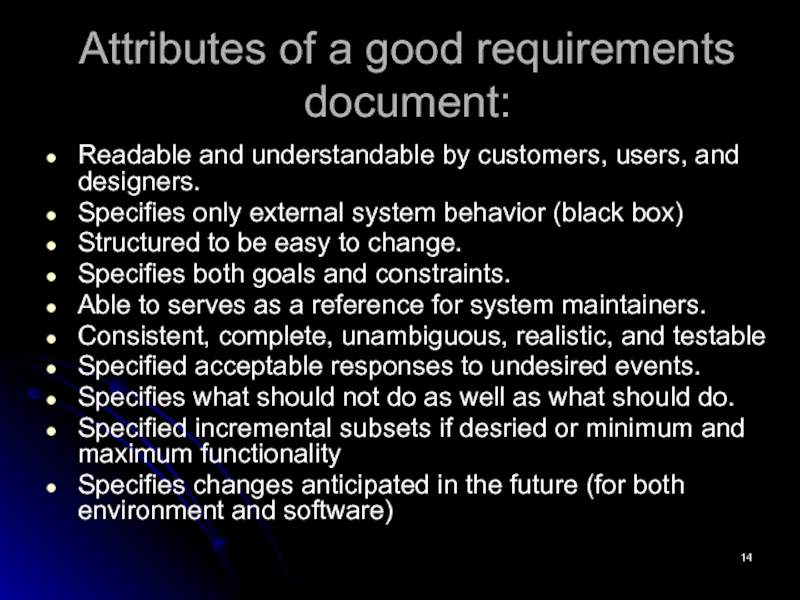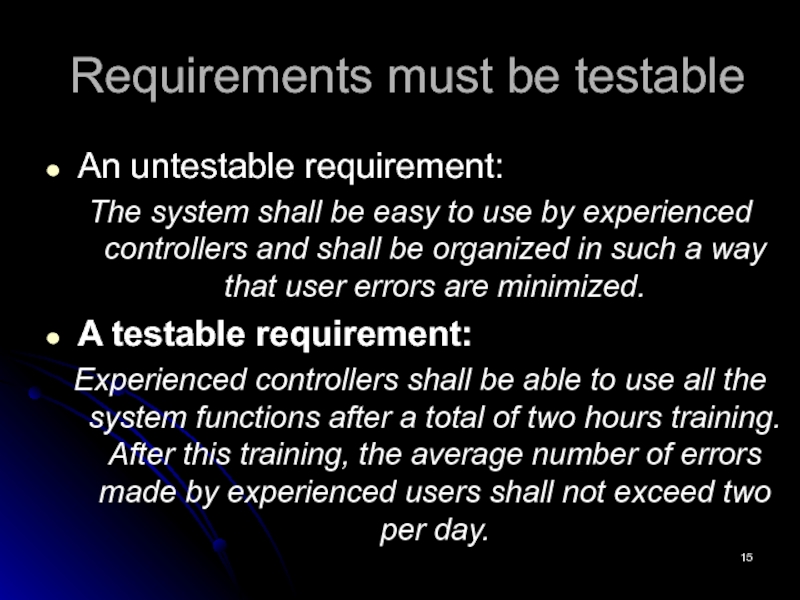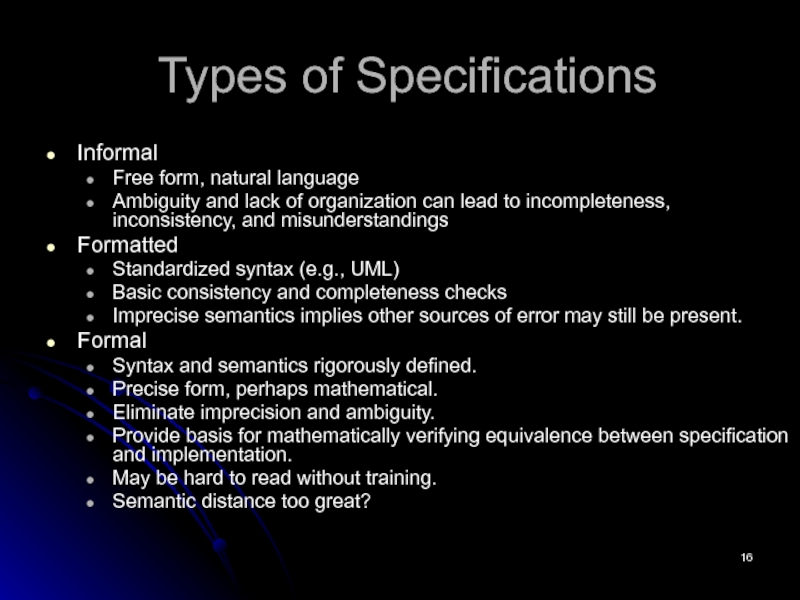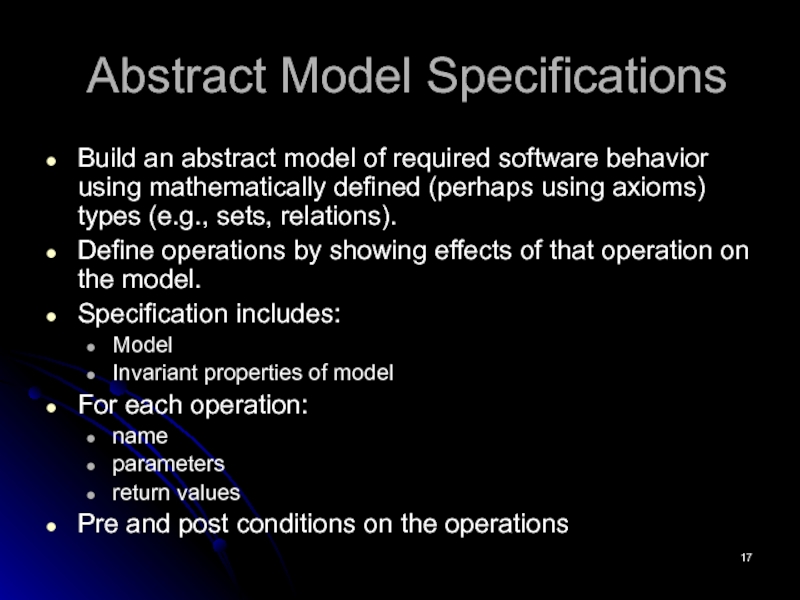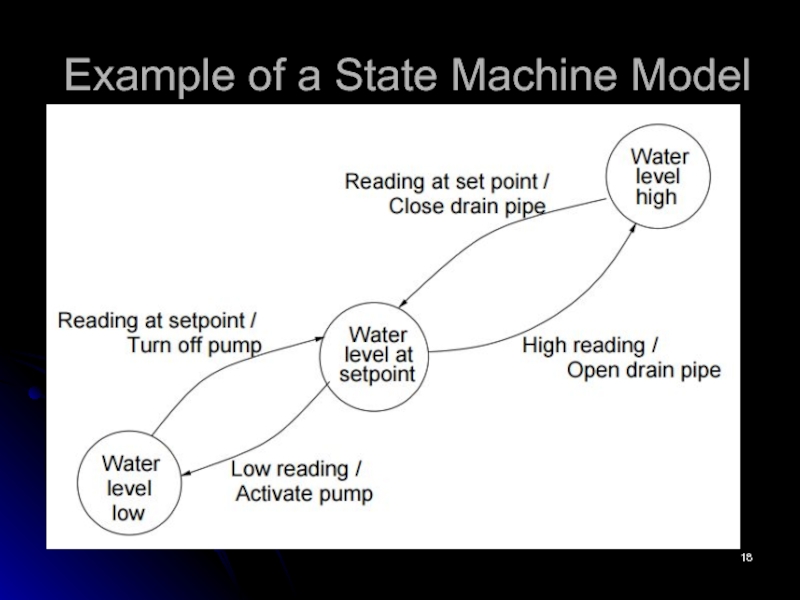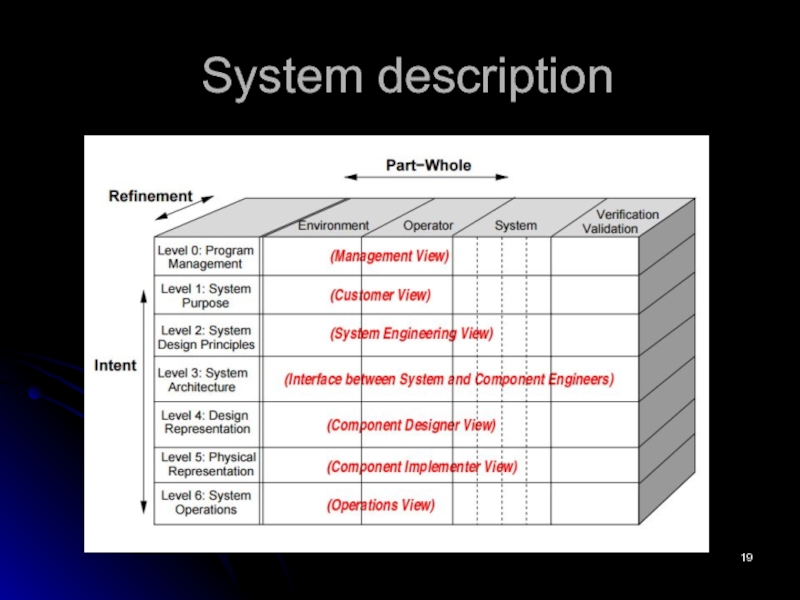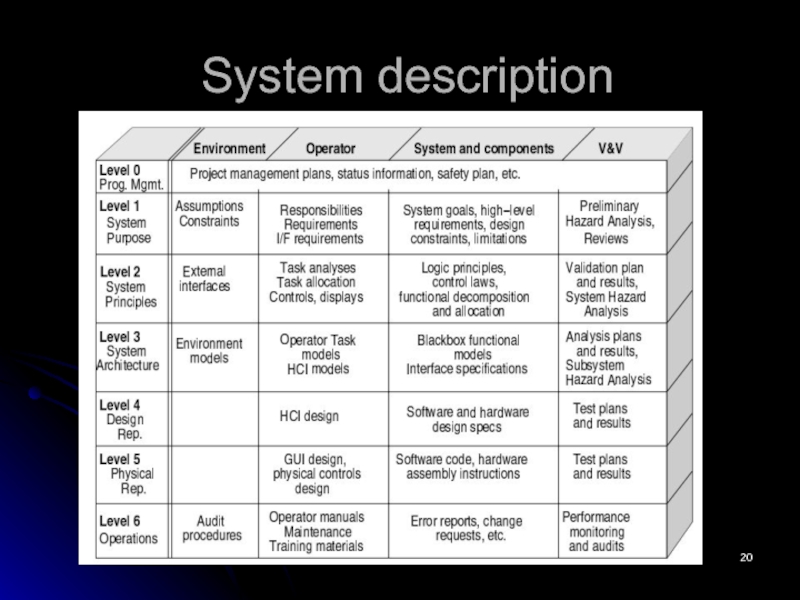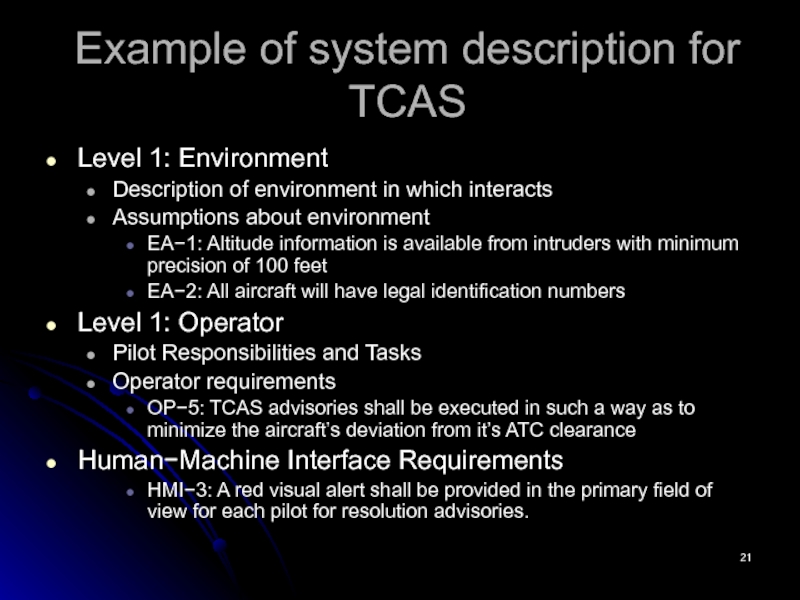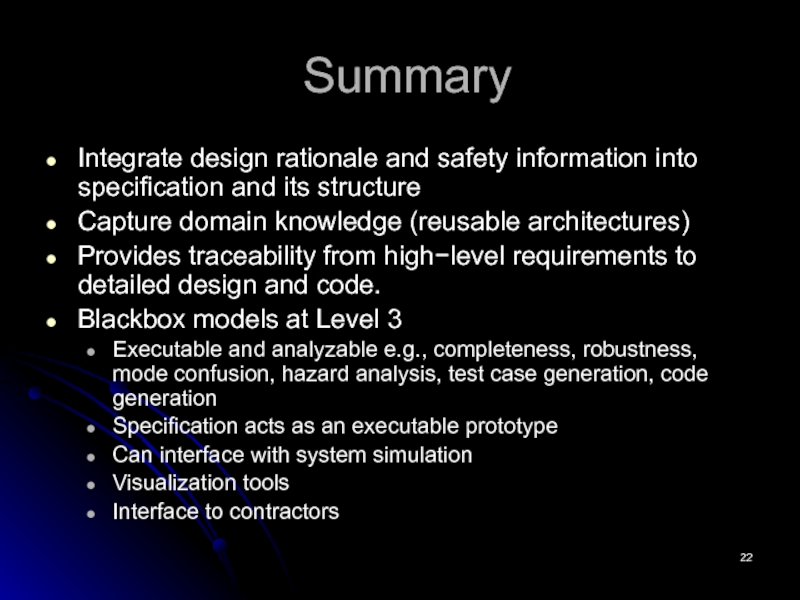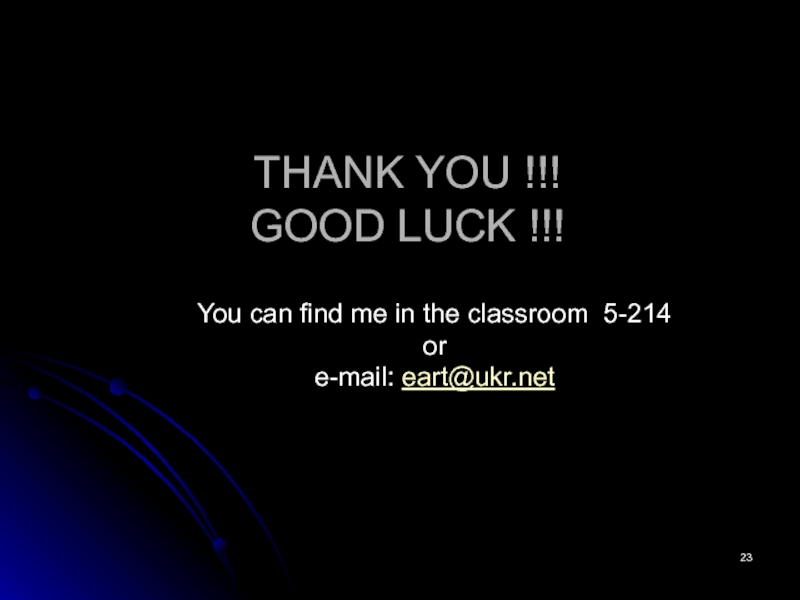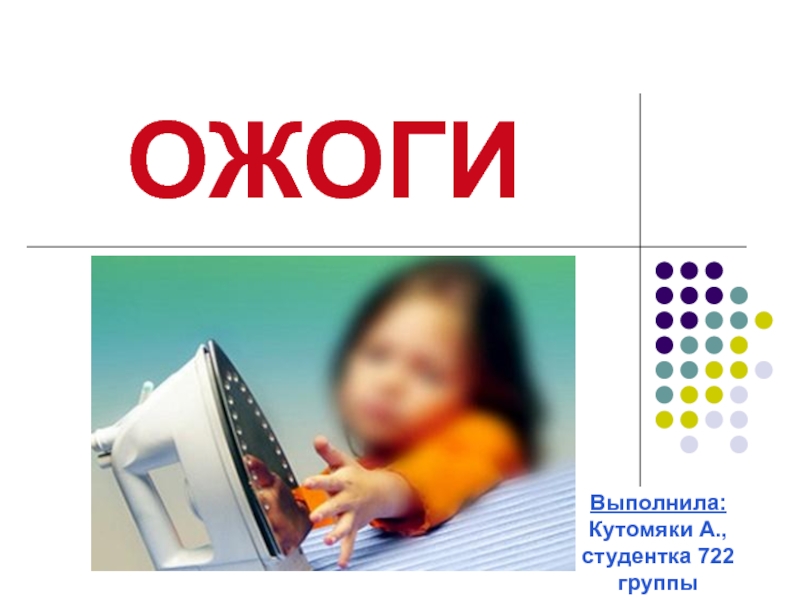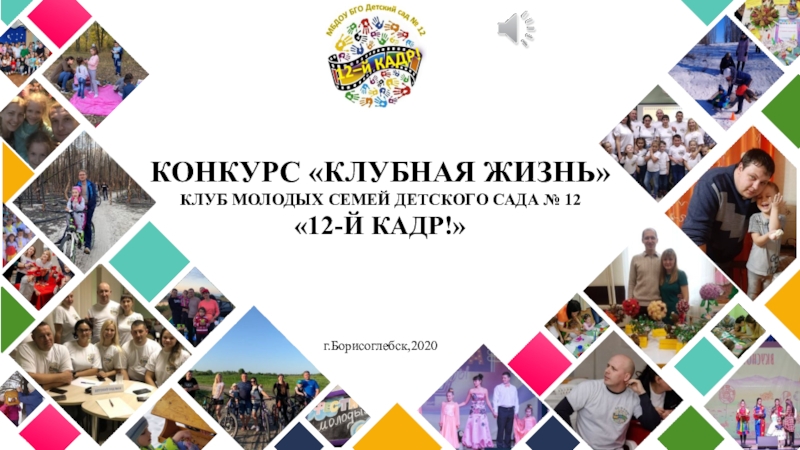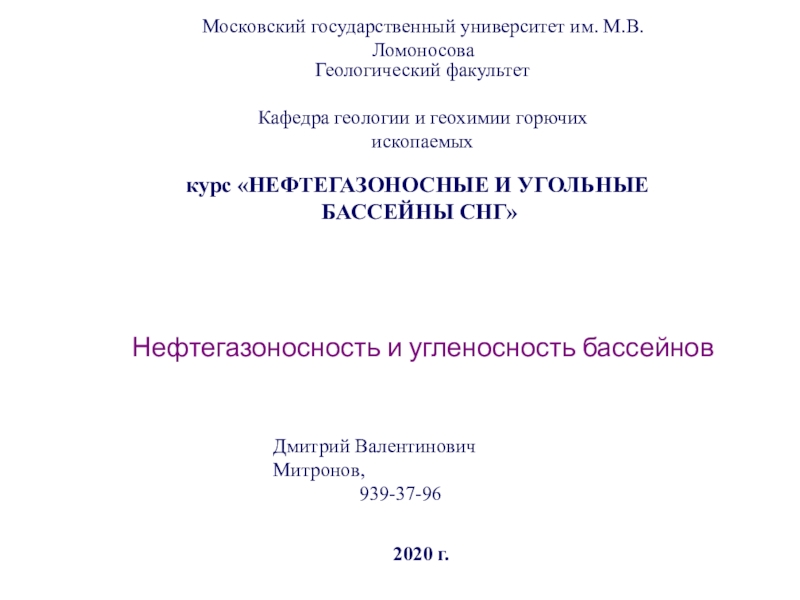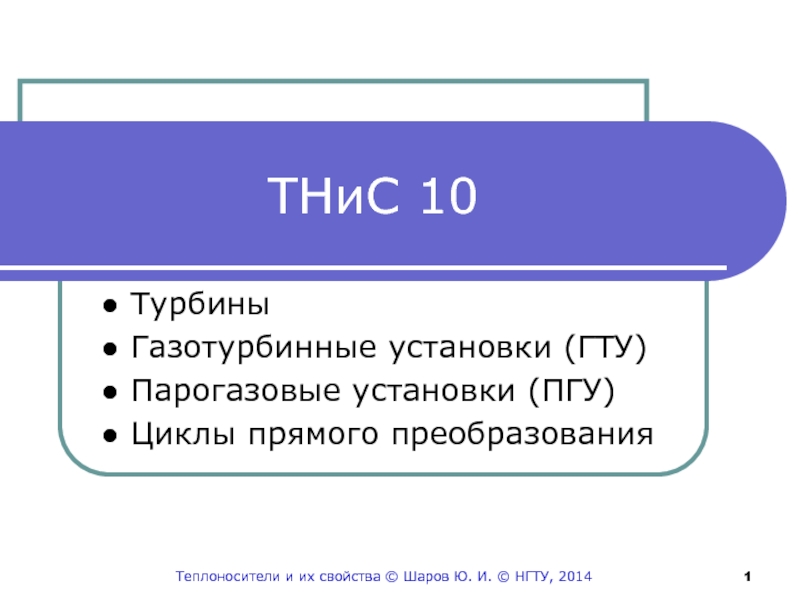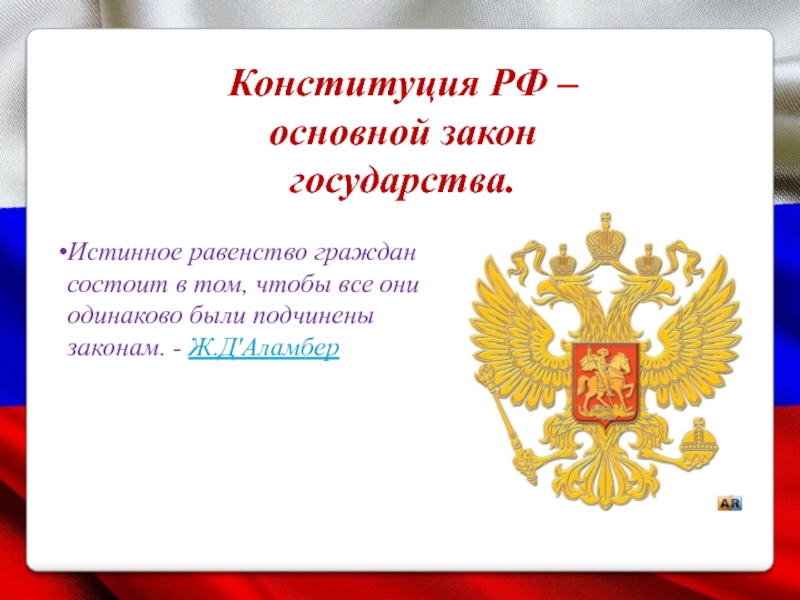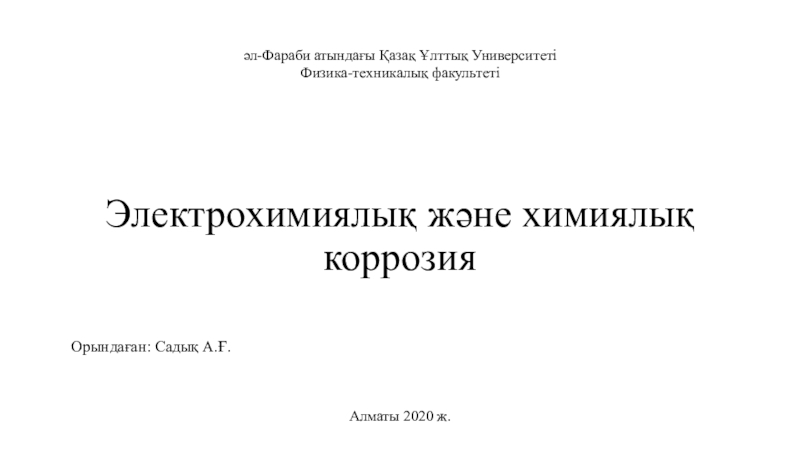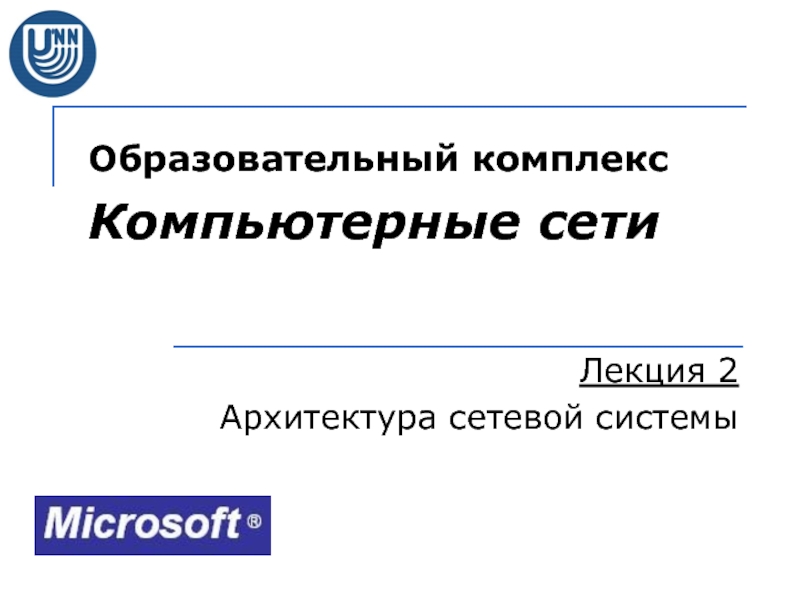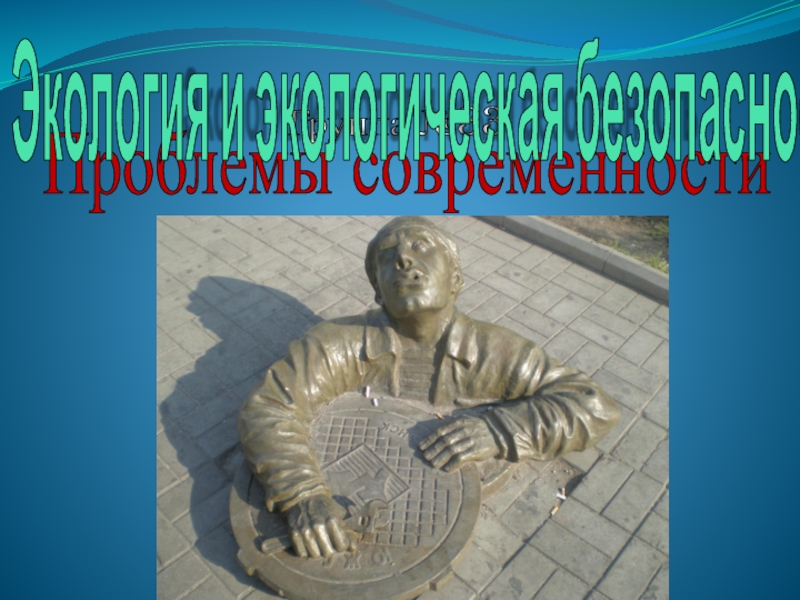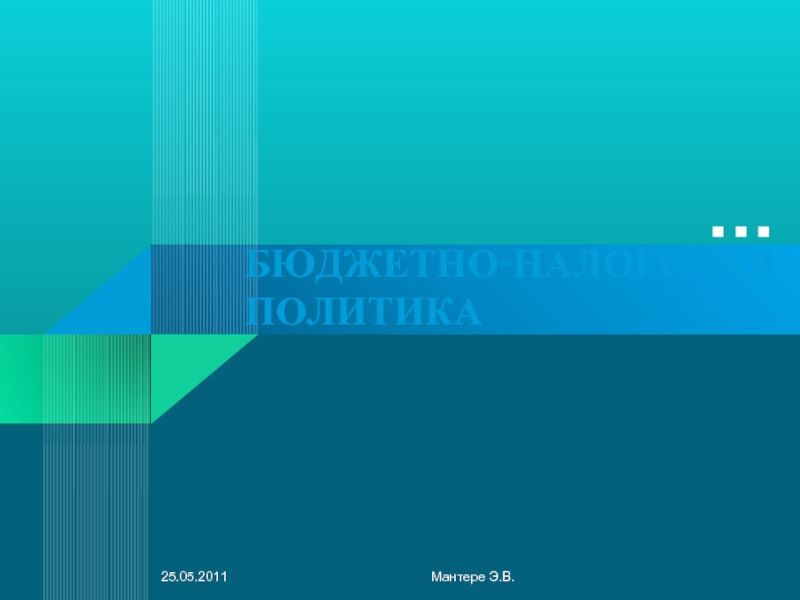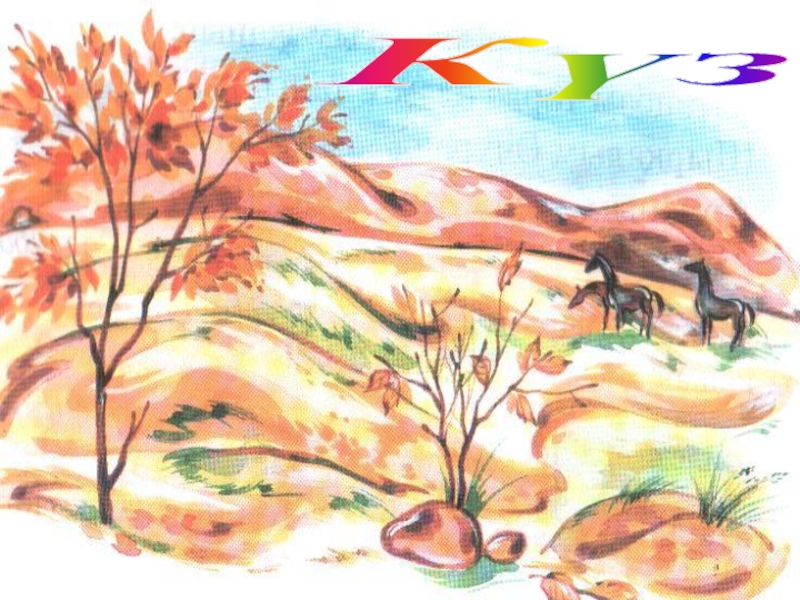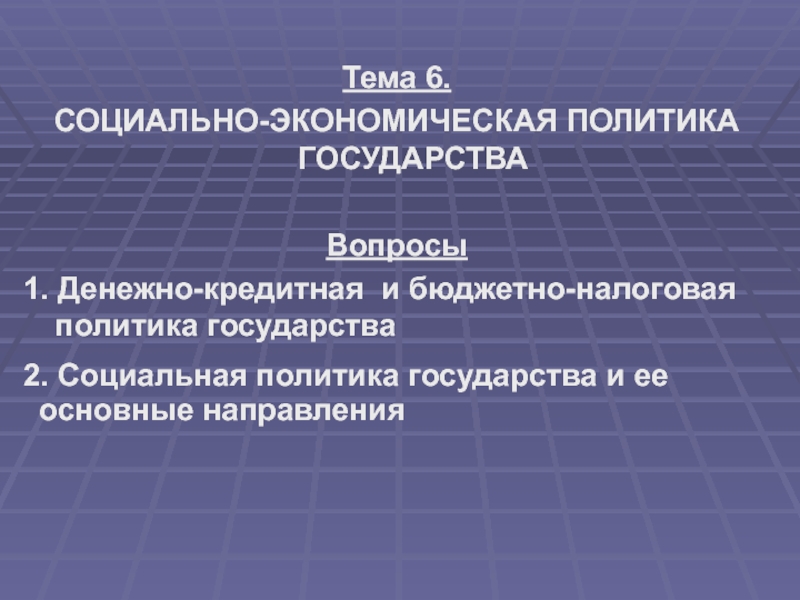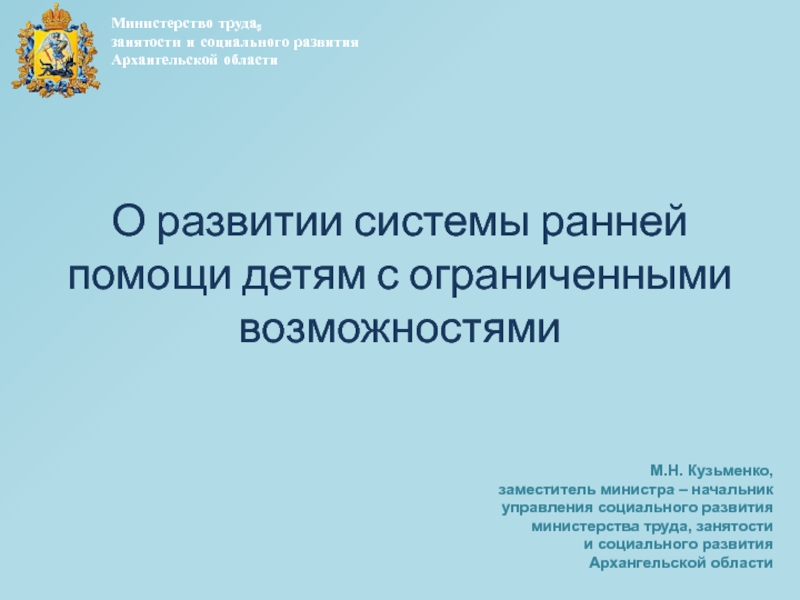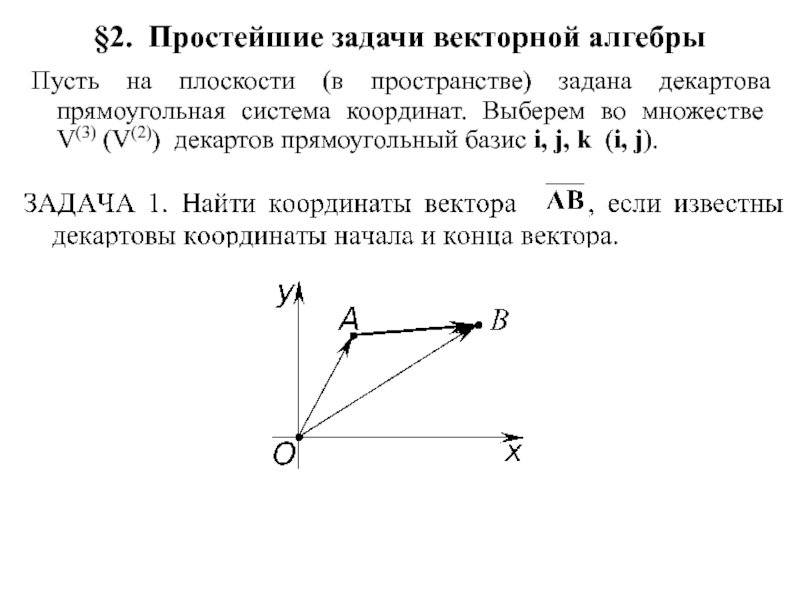Разделы презентаций
- Разное
- Английский язык
- Астрономия
- Алгебра
- Биология
- География
- Геометрия
- Детские презентации
- Информатика
- История
- Литература
- Математика
- Медицина
- Менеджмент
- Музыка
- МХК
- Немецкий язык
- ОБЖ
- Обществознание
- Окружающий мир
- Педагогика
- Русский язык
- Технология
- Физика
- Философия
- Химия
- Шаблоны, картинки для презентаций
- Экология
- Экономика
- Юриспруденция
Software Engineering
Содержание
- 1. Software Engineering
- 2. Understanding the Problem Development Costs 1/3 planning1/6
- 3. Requirements SpecificationA structured document that sets out
- 4. Design Specification An abstract description of the
- 5. Contents of Requirements Documents IntroductionSystem ModelSystem EvolutionFunctional RequirementsConstraintsPrioritiesInterfaces to the EnvironmentGlossary
- 6. Contents of Requirements Documents Introduction: Describes the
- 7. Contents of Requirements Documents Introduction System Model:
- 8. Contents of Requirements Documents IntroductionSystem ModelSystem Evolution:
- 9. Contents of Requirements Documents IntroductionSystem ModelSystem EvolutionFunctional
- 10. Contents of Requirements Documents IntroductionSystem ModelSystem EvolutionFunctional
- 11. Contents of Requirements Documents IntroductionSystem ModelSystem EvolutionFunctional
- 12. Contents of Requirements Documents IntroductionSystem ModelSystem EvolutionFunctional
- 13. Contents of Requirements Documents IntroductionSystem ModelSystem EvolutionFunctional
- 14. Attributes of a good requirements document: Readable
- 15. Requirements must be testable An untestable requirement:
- 16. Types of Specifications InformalFree form, natural languageAmbiguity
- 17. Abstract Model Specifications Build an abstract model
- 18. Example of a State Machine Model
- 19. System description
- 20. System description
- 21. Example of system description for TCASLevel 1:
- 22. Summary Integrate design rationale and safety information
- 23. THANK YOU !!! GOOD LUCK !!! You can find me in the classroom 5-214ore-mail: eart@ukr.net
- 24. Скачать презентанцию
Understanding the Problem Development Costs 1/3 planning1/6 codding1/4 component test1/4 system testDevelopment costs are only the tip of the iceberg.
Слайды и текст этой презентации
Слайд 2Understanding the Problem
Development Costs
1/3 planning
1/6 codding
1/4 component test
1/4
system test
Слайд 3Requirements Specification
A structured document that sets out the services the
system is expected to provide.
Should be precise so that
it can act as a contract between the system procurer and software developer. Needs to be understandable by both.
Describes what the system will do but not how it will do it (objectives but not how objectives will be achieved.
Слайд 4Design Specification
An abstract description of the software that serves
as a basis for (or describes) detailed design and implementation
Describes how the requirements will be achieved.
Primary readers will be software designers and implementers rather than users or management.
Goals and constraints specified in requirements document should be traceable to the design specification (and from there to the code.
Слайд 5Contents of Requirements Documents
Introduction
System Model
System Evolution
Functional Requirements
Constraints
Priorities
Interfaces to the
Environment
Glossary
Слайд 6Contents of Requirements Documents
Introduction: Describes the need for the
system and places it in context, briefly describing its functions
and presenting a rationale for the software. Describes how the system fits into the overall business or strategic objectives of the organization commissioning the software.System Model
System Evolution
Functional Requirements
Constraints
Priorities
Interfaces to the Environment
Glossary
Слайд 7Contents of Requirements Documents
Introduction
System Model: Shows the relationships
between the system components and the system and its environment.
An abstract data model should also be described if appropriate to the type of system.System Evolution
Functional Requirements
Constraints
Priorities
Interfaces to the Environment
Glossary
Слайд 8Contents of Requirements Documents
Introduction
System Model
System Evolution: Fundamental assumptions on
which the system is based and anticipated changes due to
hardware evolution, changing user needs, etc.Functional Requirements
Constraints
Priorities
Interfaces to the Environment
Glossary
Слайд 9Contents of Requirements Documents
Introduction
System Model
System Evolution
Functional Requirements: The services
provided for the user. This includes timing and accuracy requirements.
Constraints
Priorities
Interfaces
to the EnvironmentGlossary
Слайд 10Contents of Requirements Documents
Introduction
System Model
System Evolution
Functional Requirements
Constraints: Constraints on
how the goals can be achieved (restrictions on behavior of
software and freedom of designer), e.g., safety, hardware, programming languages, standards that must be followed. Includes quality requirements such as maintainability, availability, etc.Priorities
Interfaces to the Environment
Glossary
Слайд 11Contents of Requirements Documents
Introduction
System Model
System Evolution
Functional Requirements
Constraints
Priorities: Guides tradeoffs
and design decisions if all requirements and constraints cannot be
completely achieved.Interfaces to the Environment
Glossary
Слайд 12Contents of Requirements Documents
Introduction
System Model
System Evolution
Functional Requirements
Constraints
Priorities
Interfaces to the
Environment: Input or output interfaces and relevant assumptions about environmental
components with which the software will be interacting.Glossary
Слайд 13Contents of Requirements Documents
Introduction
System Model
System Evolution
Functional Requirements
Constraints
Priorities
Interfaces to the
Environment
Glossary: Definitions of technical terms used in the document
Слайд 14Attributes of a good requirements document:
Readable and understandable by
customers, users, and designers.
Specifies only external system behavior (black
box) Structured to be easy to change.
Specifies both goals and constraints.
Able to serves as a reference for system maintainers.
Consistent, complete, unambiguous, realistic, and testable
Specified acceptable responses to undesired events.
Specifies what should not do as well as what should do.
Specified incremental subsets if desried or minimum and maximum functionality
Specifies changes anticipated in the future (for both environment and software)
Слайд 15Requirements must be testable
An untestable requirement:
The system shall
be easy to use by experienced controllers and shall be
organized in such a way that user errors are minimized.A testable requirement:
Experienced controllers shall be able to use all the system functions after a total of two hours training. After this training, the average number of errors made by experienced users shall not exceed two per day.
Слайд 16Types of Specifications
Informal
Free form, natural language
Ambiguity and lack of
organization can lead to incompleteness, inconsistency, and misunderstandings
Formatted
Standardized syntax (e.g.,
UML)Basic consistency and completeness checks
Imprecise semantics implies other sources of error may still be present.
Formal
Syntax and semantics rigorously defined.
Precise form, perhaps mathematical.
Eliminate imprecision and ambiguity.
Provide basis for mathematically verifying equivalence between specification and implementation.
May be hard to read without training.
Semantic distance too great?
Слайд 17Abstract Model Specifications
Build an abstract model of required software
behavior using mathematically defined (perhaps using axioms) types (e.g., sets,
relations).Define operations by showing effects of that operation on the model.
Specification includes:
Model
Invariant properties of model
For each operation:
name
parameters
return values
Pre and post conditions on the operations
Слайд 21Example of system description for TCAS
Level 1: Environment
Description of environment
in which interacts
Assumptions about environment
EA−1: Altitude information is available from
intruders with minimum precision of 100 feetEA−2: All aircraft will have legal identification numbers
Level 1: Operator
Pilot Responsibilities and Tasks
Operator requirements
OP−5: TCAS advisories shall be executed in such a way as to minimize the aircraft’s deviation from it’s ATC clearance
Human−Machine Interface Requirements
HMI−3: A red visual alert shall be provided in the primary field of view for each pilot for resolution advisories.
Слайд 22Summary
Integrate design rationale and safety information into specification and
its structure
Capture domain knowledge (reusable architectures)
Provides traceability from high−level requirements
to detailed design and code.Blackbox models at Level 3
Executable and analyzable e.g., completeness, robustness, mode confusion, hazard analysis, test case generation, code generation
Specification acts as an executable prototype
Can interface with system simulation
Visualization tools
Interface to contractors
